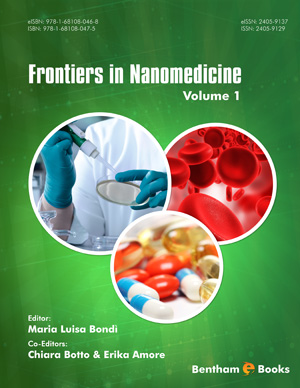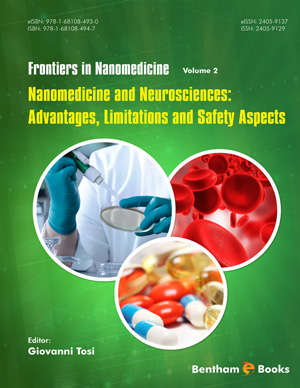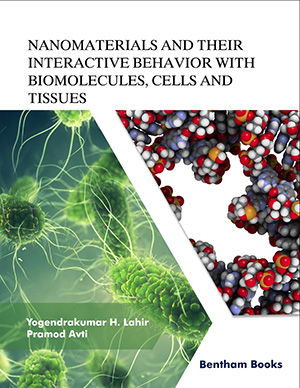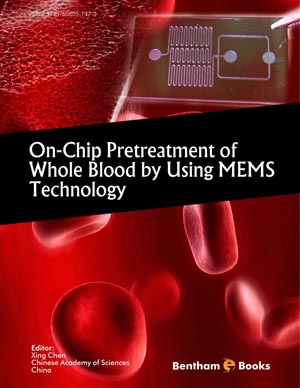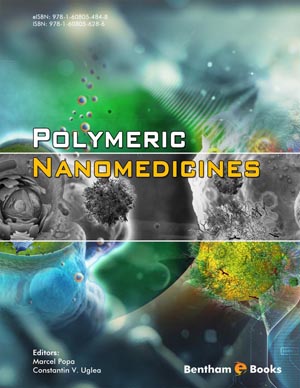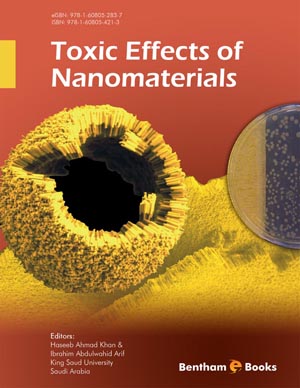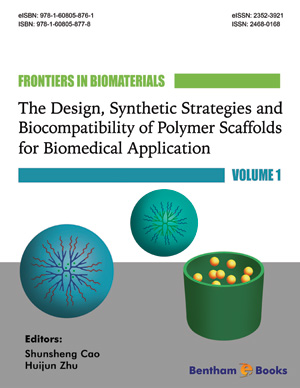Abstract
Activation of vasa vasorum at specific sites in the adventitia initiates their proliferation or “angiogenesis” concomitant with development of atherosclerotic plaques. Haemorrhagic, leaky blood vessels from unstable plaques proliferate abnormally, are of relatively large calibre but are immature neovessels poorly invested with smooth muscle cells and possess structural weaknesses which may contribute to instability of the plaque by facilitation of inflammatory cell infiltration and haemorrhagic complications. Weak neovascular beds in plaque intima as well as activated adventitial blood vessels are potential targets for molecular imaging and targeted drug therapy, however, the majority of potential imaging and therapeutic agents have been unsuccessful because of their limited capacity to reach and remain stably within the target tissue or cells in vivo. Nanoparticle technology together with magnetic resonance imaging has allowed the possibility of imaging of neovessels in coronary or carotid plaques, and infusion of nanoparticle suspensions using infusion catheters or implant based drug delivery represents a novel and potentially much more efficient option for treatment. This review will investigate the possibility of future design of nanoparticles which home to the vasa vasorum and which can release siRNA directed against primary key external mitogens and intracellular signalling molecules in endothelial cells responsible for their activation with a view to inhibition of angiogenesis.
Keywords: Atherosclerosis; angiogenesis; plaque; cardiovascular disease; stroke; nanoparticle, targeting; imaging, microvessel; inflammation.




